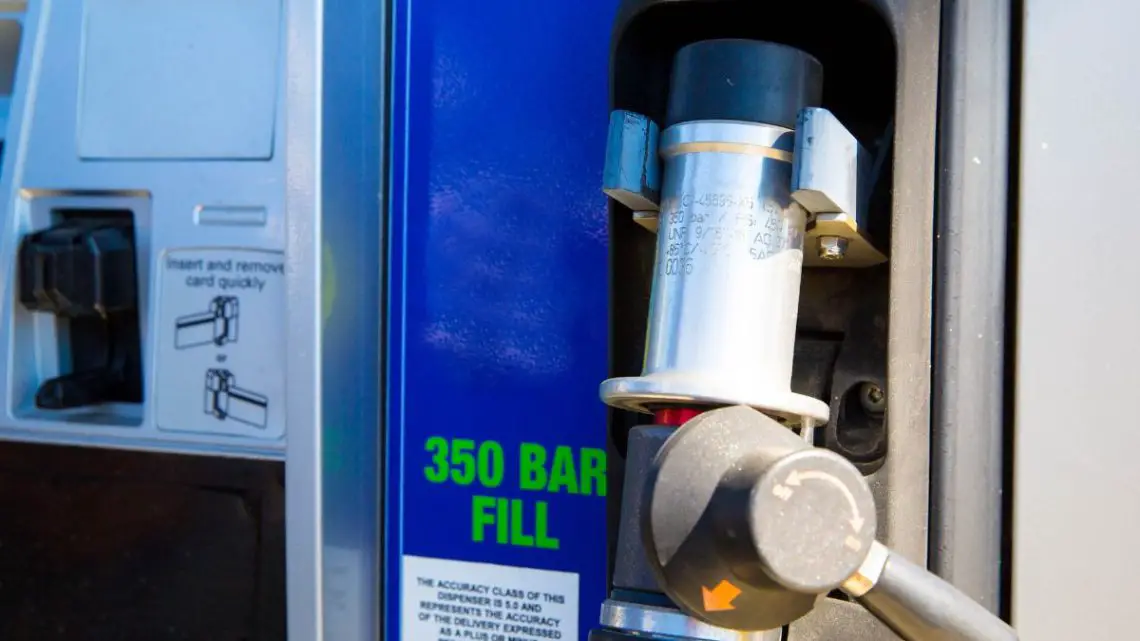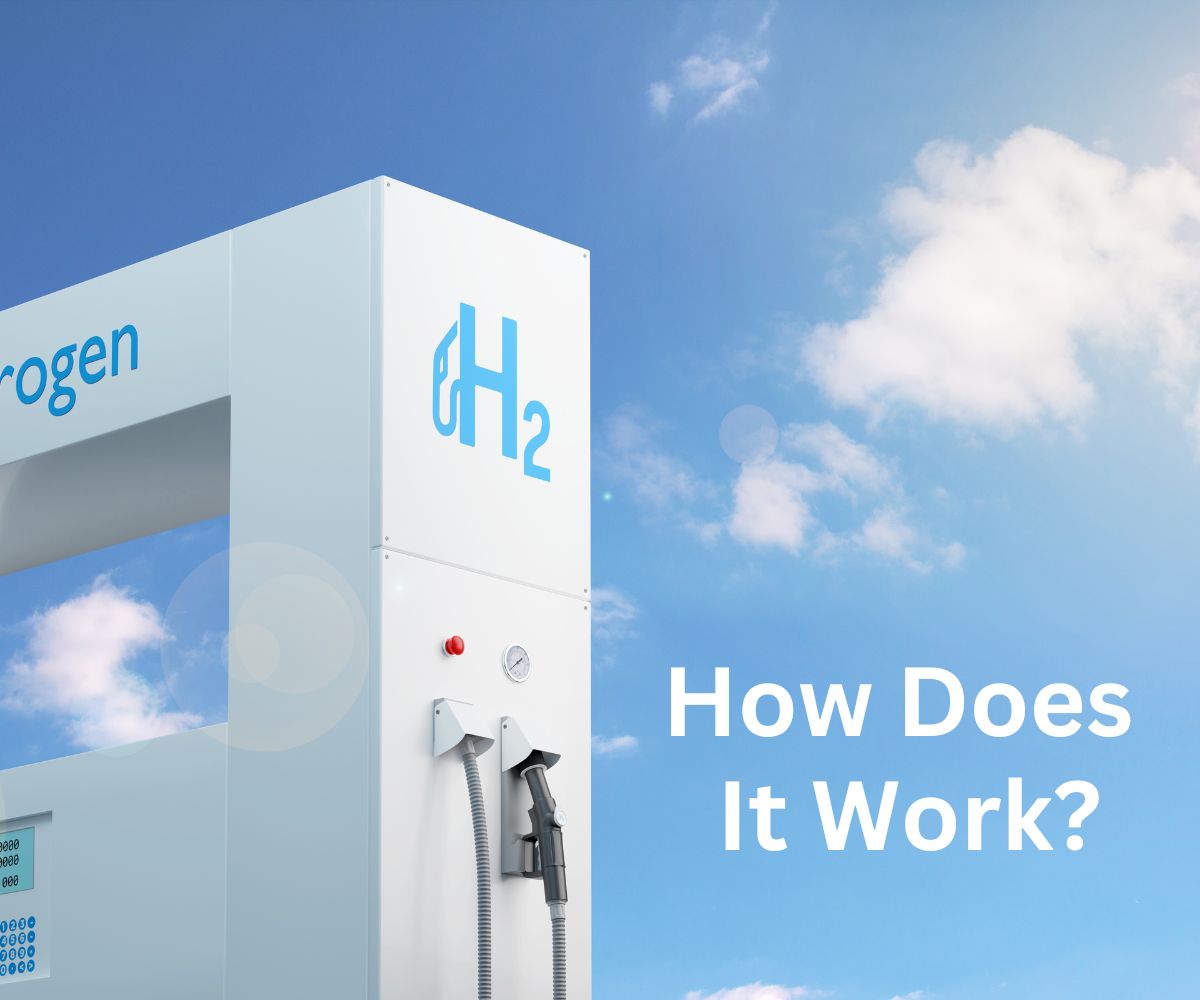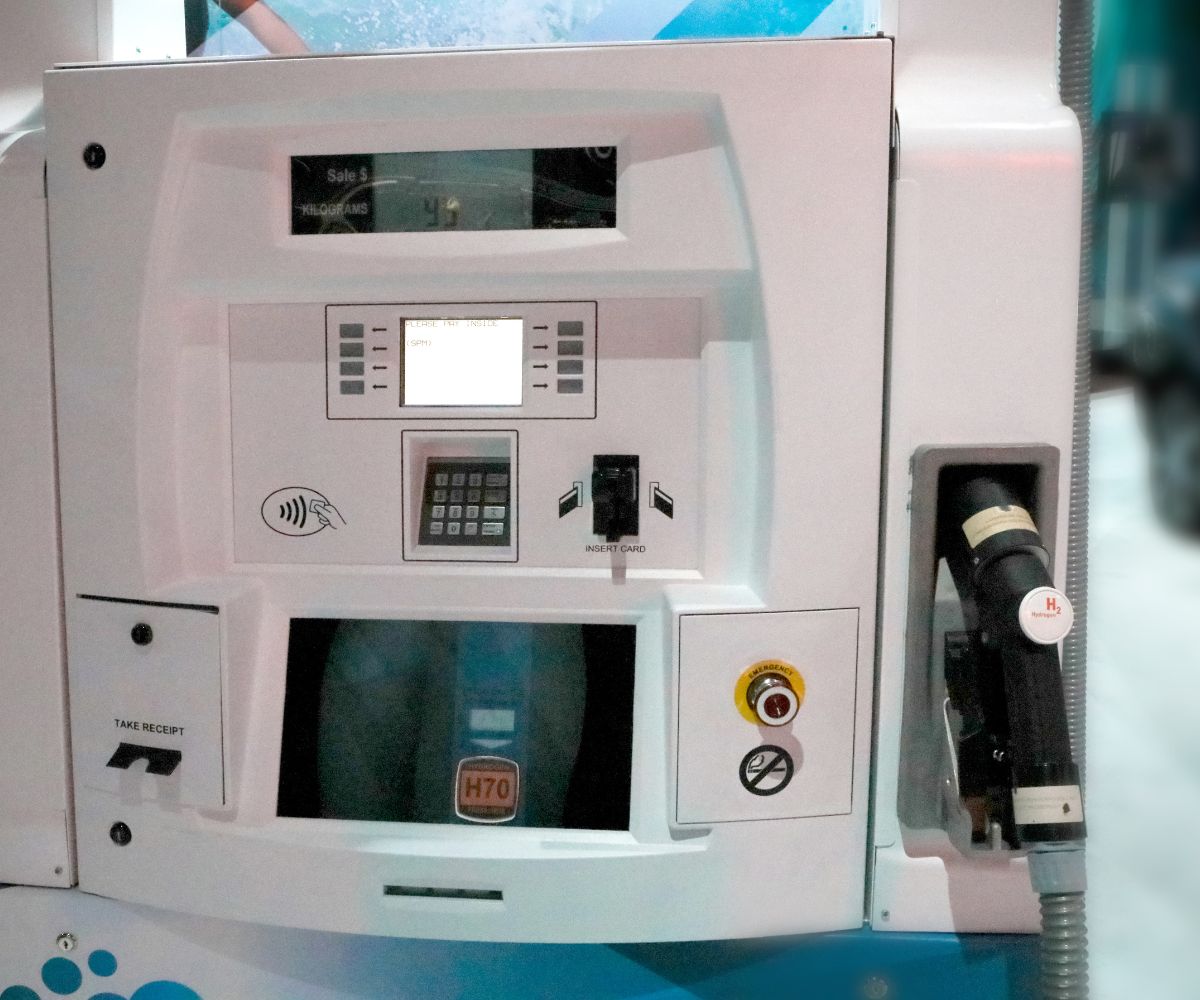
Using Predictive Technology for Hydrogen Station Reliability and Efficiency
September 23, 2023Researchers are focusing on a new predictive model to reduce unscheduled maintenance.
Among the primary challenges to consumer confidence in driving H2-powered passenger cars is that there is a lack of hydrogen station network availability to let them know they will be able to refuel whenever needed.
That said, researchers are working on a predictive model to overcome this challenge.
Researchers from the US Department of Energy’s National Renewable Energy Laboratory (NREL) and Colorado State University (CSU) are working on the development of a predictive model that will help to anticipate maintenance needs. This tool for hydrogen station operators is meant to provide drivers with more confidence in choosing vehicles fueled by H2.
Refueling locations are already few and far between, with essentially no solid network in place. Therefore, having a location shut down for unscheduled maintenance drastically changes the availability of H2 for consumers. This risk can play a role in slowing down the adoption of fuel cell cars, according to the researchers.
Understanding the Hydrogen Station Filling Process and Maintenance Needs
The hydrogen dispensing process for Fuel Cell Electric Vehicles (FCEVs) at a hydrogen station involves key subsystems.
- The hydrogen source is the first component, which could be hydrogen produced off-site and transported to the station.
- The specifics of the source determine the type and size of storage required at the station.
- The dispensed hydrogen is compressed to either 35 MPa or 70 MPa, contingent on the vehicle type.
- Around 2009, a change in dispensing pressure for light-duty vehicles led to the development of new fueling protocols.
- The 70 MPa fueling protocol requires a dispensing temperature of -40 °C to avoid overheating the vehicle’s on-board storage tank(s).
- This cooling process is carried out by the chiller subsystem.
- The dispenser subsystem houses both the user interface and the station-to-vehicle interface.
Lastly, management and safety subsystems oversee station operation and maintenance.
Most Common Reason For Shut Down: Research Funded by the Department of Energy’s Hydrogen and Fuel Cell Technologies
The most frequent cause for unscheduled maintenance at these stations is an issue with the dispenser system, which includes components like hoses, dispenser valves, and the user interface.
To address this, researchers have developed a data-based Prognostics and Health Management (PHM) system, specifically designed for hydrogen stations—known as Hydrogen Station Prognostics Health Monitoring (H2S PHM). This system can estimate the probability of a component functioning without failure based on the number of fills completed by the station. It can also predict the remaining useful life of each component, helping to reduce maintenance costs and increase station reliability.
The H2S PHM can flag components that need attention, allowing operators to schedule maintenance during periods of low demand, thus reducing station downtime. However, there are limitations to the H2S PHM. It can’t predict sudden failures often caused by human error, and its effectiveness depends on the availability of quality data, highlighting the importance of comprehensive data collection.
A Work in Progress – The PHM model for hydrogen stations.
Using this model would make it possible for refueling location operators to reduce the occurrence of those unscheduled events that force them to shut down.
“Motorists expect to be able to fuel their vehicles without any problems. We want to ensure motorists who drive hydrogen-fueled cars have the same experience,” said researcher Jennifer Kurtz, the lead author of the new paper called “Hydrogen Station Prognostics and Health Monitoring Model.”
The paper was published in the International Journal of Hydrogen Energy. “This predictive model can let station operators know in advance when a problem might occur and minimize any disruptions that motorists might experience with hydrogen fueling.”
Consumer confidence in hydrogen cars
The paper was co-authored with Spencer Gillion from NREL and Thomas Bradley of CSU. It indicates that a PHM model would substantially improve consumer confidence in driving hydrogen cars by enhancing station availability.
California is currently the only state with a hydrogen station network to speak of, though there are only 59 locations throughout the state. Comparatively, there are over 10,000 gas stations.



 With over 15 years of reporting hydrogen news, we are your premier source for the latest updates and insights in hydrogen and renewable energy.
With over 15 years of reporting hydrogen news, we are your premier source for the latest updates and insights in hydrogen and renewable energy.
I have been following the progress of hydrogen for over 9 years roughly
I’m a disabled person and a fuel that give of water as waste would help my Asthma and C.O.P.D plus many other problems I drive a car that is specially converted for me I would love to have a Hydrogen powered car if a test car needs a driver then I would love to be a test subject
I do not work because of my health problems but I can drive it makes me fill normal again
I was a Class 2 H.G.V driver many years ago and that is why I like to drive even it traffic so PLEASE fill free to contact me